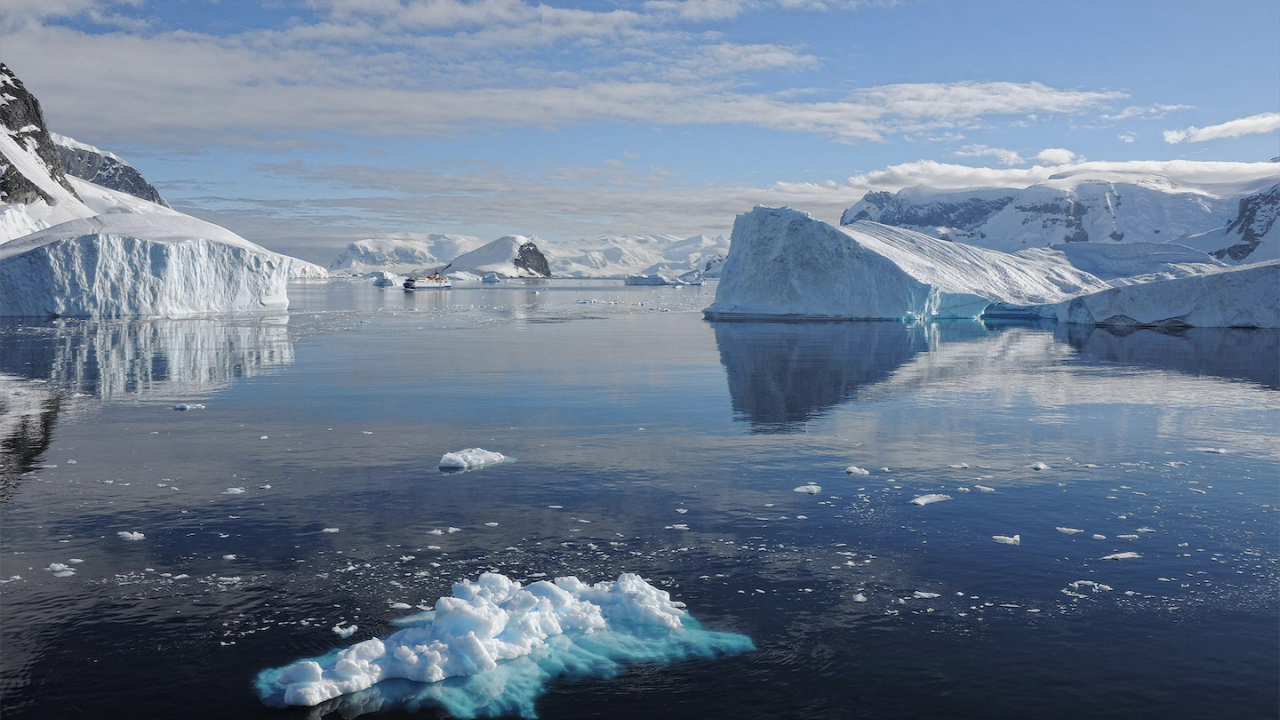Antarctic sea ice in July reached its smallest area recorded in the last 44 years since satellite surveys have been carried out, AFP reported, citing the European Climate Change Service "Copernicus".
Since 1979, scientists have had very precise measurements of the ice blocks at the North and South Poles thanks to satellites.
These are formations that float in the ocean and their melting does not raise sea level, but contributes indirectly to global warming as the waters absorb more heat.
The normal cycle of sea ice, both in the Arctic and in the Antarctic, is that it melts in the summer and forms again in the winter, adds BTA.
In the long term, melting is fast in Greenland and the Arctic, but in Antarctica it is at a more moderate rate, despite significant annual and regional variations.
Scientists admit that they do not have much knowledge about this phenomenon.
Sea ice in July, which is winter in the Southern Hemisphere, reached about 15.3 million square kilometers on average, or 1.1 million square kilometers less than the average level for that month between 1991 and 2020. indicate the data of specialists from the European Climate Change Service "Copernicus".
At the end of the summer there, in February, it had decreased to a historic minimum, which seriously worried scientists.
Its level was 30 percent less than the three-decade average between 1981 and 2010.
In the Arctic, the sea ice was four percent below the average level in July, according to the observations of experts from the "Copernicus" service.
2022 is a year of climate records in the world, recalls France Press.
